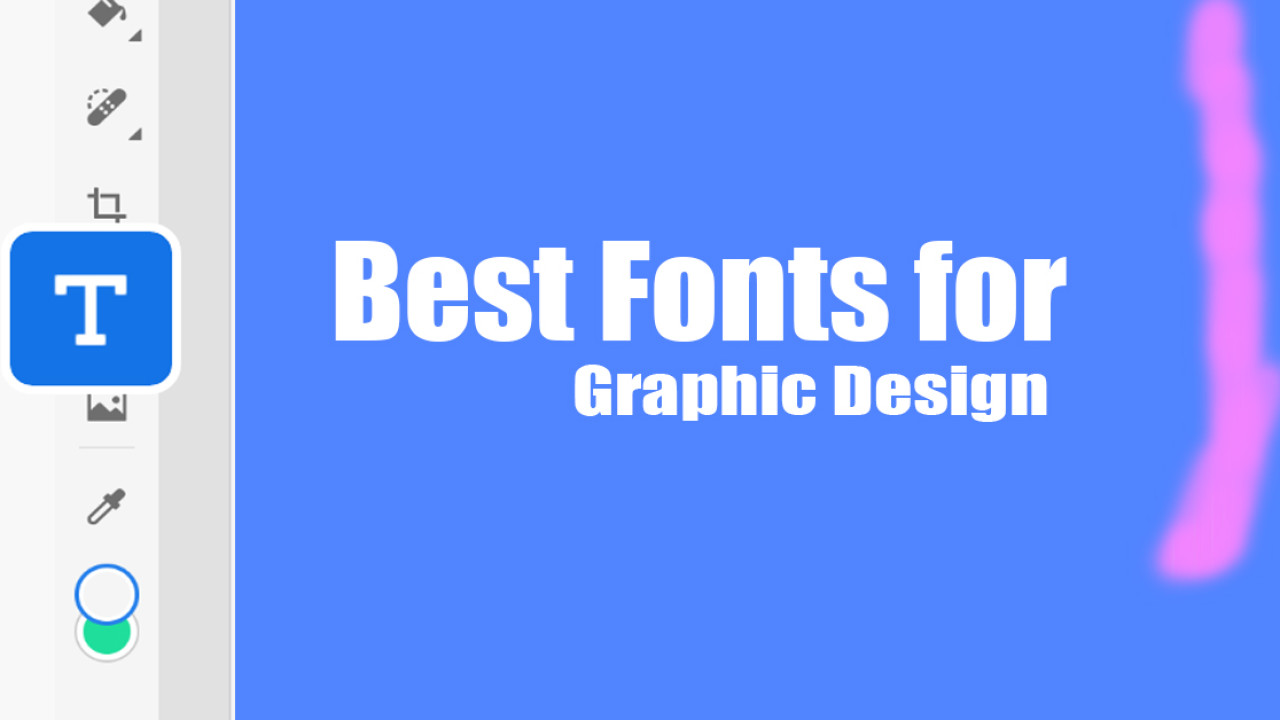10/03/2025 11:0359

Typography is a critical element of graphic design. Fonts can make or break a project, influencing how your message is received and whether it resonates with your audience. Every design professional knows that font choice is about more than aesthetics. It’s about functionality, emotional impact, and sending the right message.
This blog is your guide to understanding font types, exploring the best fonts for headlines and body text, effectively pairing fonts, and staying on top of typography trends. By the end, you’ll be equipped with the resources and tips to make informed font choices for your projects.
To select the right fonts for your graphic design projects, you first need to understand the four main font categories and their uses.
Serif fonts are characterized by the small lines or embellishments (serifs) at the ends of their characters. These fonts convey a sense of tradition, sophistication, or authority, making them ideal for print designs and formal projects.
Examples:
When to use:
Serif fonts are perfect for editorial design, professional logos, or projects requiring a touch of refinement. They’re most often used in books, newspapers, and magazines.
Sans-serif fonts lack the embellishments of their serif counterparts, resulting in a cleaner and more modern aesthetic. They are highly legible, both on-screen and in print, which makes them a go-to choice for many designers.
Examples:
When to use:
Sans-serif fonts work well for digital design, branding, infographics, and minimalistic projects. Their versatility lends itself to almost any context.
Script fonts mimic the style of handwriting or calligraphy. They can be elegant and formal or playful and casual, depending on the specific typeface.
Examples:
When to use:
Script fonts are excellent for personal invitations, creative logos, or designs needing a touch of personality. However, they are not generally suitable for body text due to limited readability.
Decorative fonts are unique and full of character, often designed for specific themes. They grab attention and are perfect for display purposes.
Examples:
When to use:
Use these for headlines, posters, or branding projects to create a strong visual impact. Be careful not to overuse them, as they can overwhelm your design.
Headlines and titles need to grab attention while staying true to your design’s overall tone. Here are some standout options:
When choosing headline fonts, clarity is key. Opt for typefaces that stand out without distracting from the message.
Body copy is where readability and legibility take center stage. Even the most beautiful font won’t work if it strains the eyes.
Some of the best fonts for body text include:
Stick to fonts with neutral tones and avoid anything overly stylized for body text. Your readers should be able to focus on the content without distractions from the typography.
Mastering font pairing can elevate your designs from good to outstanding. However, pairing fonts is as much an art as it is a science.
Dos:
Don'ts:
Suggested Pairings:
Take time to experiment with pairings in context. Tools like Canva and FontPair.co can also be helpful.
Finding the perfect font doesn’t always require an expensive subscription. Here are some great resources:
Always check the licensing for any font you plan to use in professional designs.
Typography trends evolve along with broader design movements. Staying on top of trends ensures your work appeals to modern audiences.
Current Trends:
Keep an eye on emerging trends, but focus on selecting fonts that align with your design goals.
Typography is more than just a functional element of design; it’s an art form that sets the tone and captures the essence of your message. Choosing the right fonts for your projects can feel daunting, but understanding font types, practicing effective pairing, and staying informed about trends will set you up for success.
Want to take your designs to the next level? Explore some of the resources mentioned above or create a typography mood board to experiment with different looks. With the right fonts, whether bold headlines or legible body text, your designs will stand out.
24/11/2025 12:1154
16/11/2025 11:1128
15/03/2025 09:0359
11/03/2025 12:0316
13/07/2024 10:0752
